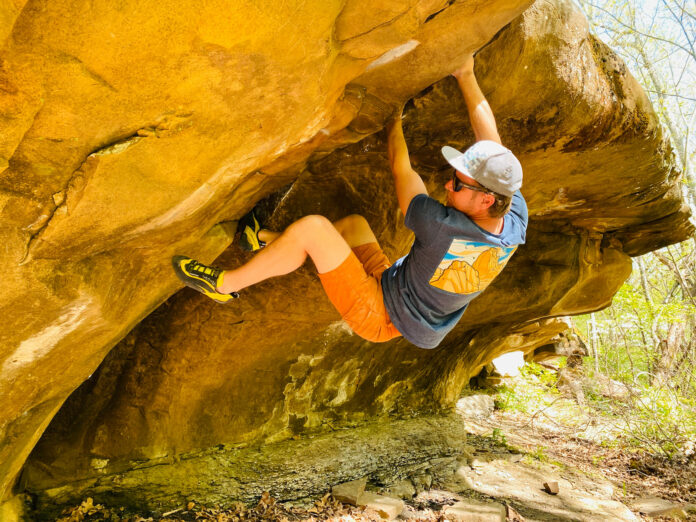Authored by Dr. D. Scott Borden
Northwest Arkansas (NWA) is seeing major business-backed outdoor infrastructure investment, and the focus is shifting toward climbing of late. This article investigates this new coordinated and strategic, urban crag development effort as an example of how for-profit investment and collaboration around outdoor climbing development could continue to change our sport. As climbers, we may be mostly oblivious to these types of efforts since, to date, the focus in NWA has largely been on evolving mountain biking (and general cycling). A community of outdoor industry investors, entrepreneurs, advocates and recreationalists are behind the constantly increasing 560 miles of soft surface and 201 miles of paved trails which has brought millions in economic development and a rush of industry leaders and organizations to move to NWA.
Two players in these efforts are Steuart Walton and Tom Walton. Best known for their connection to Walmart, they are dedicated to supporting the outdoor recreation in NWA. Backed with their support, business leaders in the NWA community have changed the cycling industry by redefining trail building, product development, pricing, innovation and culture. And, when I shared my amazement at the work being done through the many for-profit, nonprofit and governmental partners here and what it could mean for climbing, the NWA team smiled and said, “Y’all ain’t seen nothing yet.”
More recently, investments from this NWA community have gone beyond cycling and the NWA region, with recent trail projects in Colorado and a whitewater park in Oklahoma. They are equipped with a “playbook” developed through their efforts in cycling. Filled with successful financial projections, stakeholder engagement efforts, marketing plans, and other project management documents, the playbook has five guiding pillars:
-
- Build community: Outdoor recreation is a rising tide that can lift many ships by creating jobs, growing economic prosperity, promoting health and wellness, and connecting people to the environment. Engage a diversity of stakeholders early and often.
- Lean into your strengths: Work with what you have and utilize the local natural environment while keeping a low impact.
- Reward innovation: Push the envelope on sustainable practices.
- Utilize competition: Bring out the best in others through rivalry between organizations working to create infrastructure and moments of joy.
- Be inclusive: Create opportunities for everyone, regardless of ability, while reducing barriers to entry.
With a new focus toward climbing, I sat down with Dennis Nelms, co-owner of four climbing gyms and owner of Climb Solutions LLC, a climbing advocacy consultancy hired by climbing business leaders in the NWA ecosystem. Under dangling freshly installed perma-draws in a new climbing area not yet open to the public, we explored his work and what might lie ahead for these efforts.
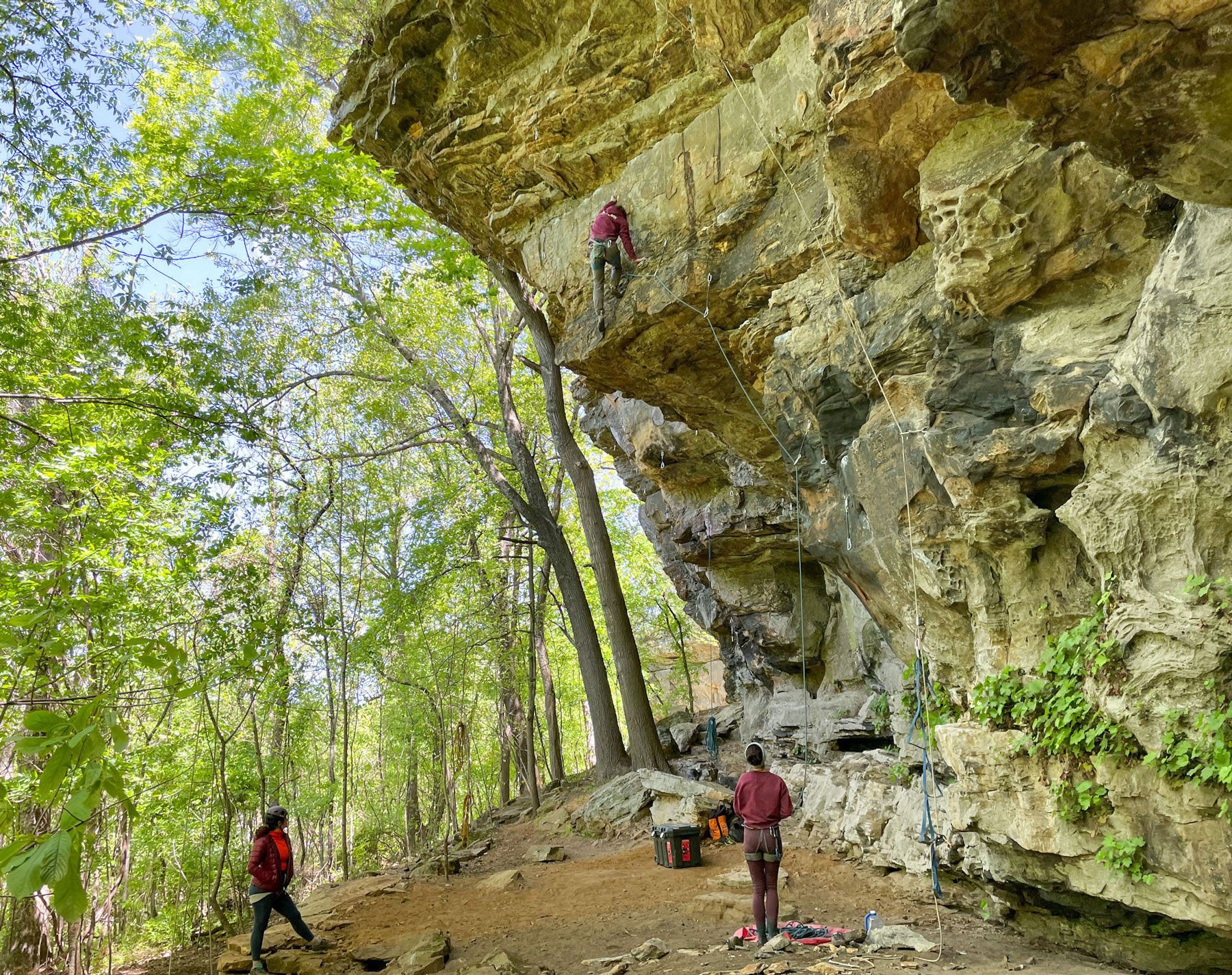
BORDEN: First, tell us about where we are right now?
NELMS: This project started two and a half years ago. I identified this area in Springdale, Arkansas, for climbing potential. A local 501c3, Trailblazers, acquired the property with the intent to create a climbing destination out of it. It connects with approximately 11 acres which we will develop into an integrated outdoor space. We don’t know exactly what that will be yet but have talked about a café/bar, mountain bike trails, viewing areas, seating, educational spaces, and so on. We plan to open the area to the public with 50+ routes, featuring grades from 5.5-5.12+. The Arkansas Climbers Coalition and Access Fund are here developing sustainable trails and routes as key contributors. We’ve densely installed standardized glue-in bolts, mussy hooks at the top, and fixed draws. We’re looking at how to integrate natural architecture into the crag, like we have in this area with mountain biking. Imagine an indoor gym–like atmosphere, but outside. We don’t charge the public for riding on trails here, so it will be free and climb at your own risk. The goal is to make it as accessible as possible to more diverse groups of people. This [effort] is different from the volunteer, and commonly ad-hoc, efforts we typically see in crag development which can result in varying bolt infrastructure and placement styles.
Can you talk about the economic impact of this work?
We have learned through our mountain biking efforts that recreation makes a significant difference in the economies of these communities. What you see here is urban development which is a transition zone to the outdoors. We’re working on several areas currently and continuing to look for more rock which we can develop. Then we’re looking at how we can support in developing more isolated rural areas. There’s a lot of rock in Arkansas State Parks and federal lands, and we’re working on opening access to those areas with our partners.
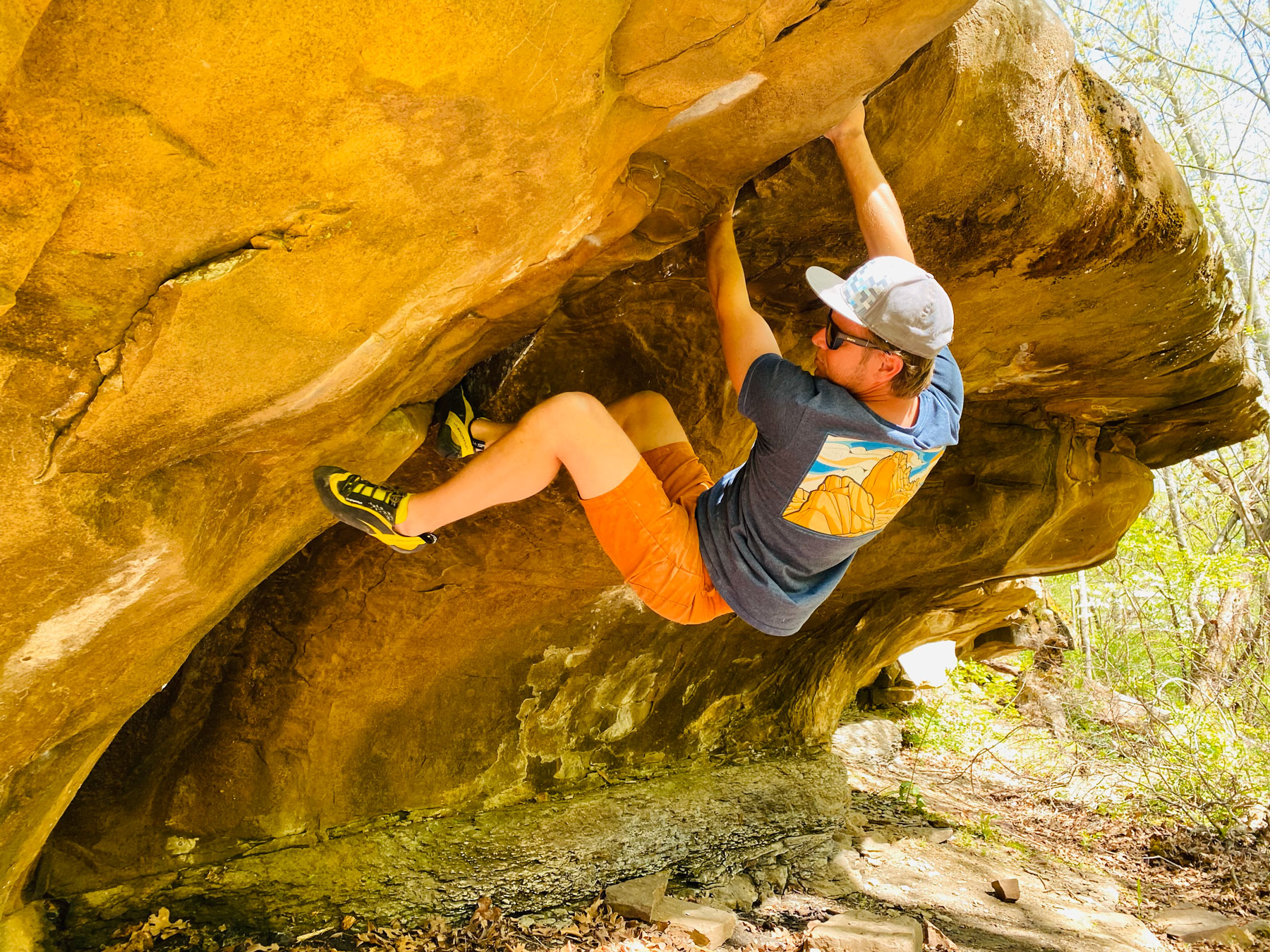
What is the larger vision for the NWA ecosystem’s impact on climbing?
What we’re doing here is piloting these ideas in a way that can be replicated. We want to take these concepts and open them up and understand how they are impacting these communities. We want to learn from them and increase impact and then drop them into other communities. Not everyone can take a trip to a destination area. The idea is to open up access to climbing to a greater diversity of people so it can be enjoyed by everyone.
What about indoor climbing?
Currently NWA doesn’t have a specific gym focus beyond the three indoor facilities here. We are interested in understanding how better to get this indoor climbing community outside and how proximity to real rock impacts the profitability of gyms. But, for now, we are concentrated on urban and rural outdoor development.
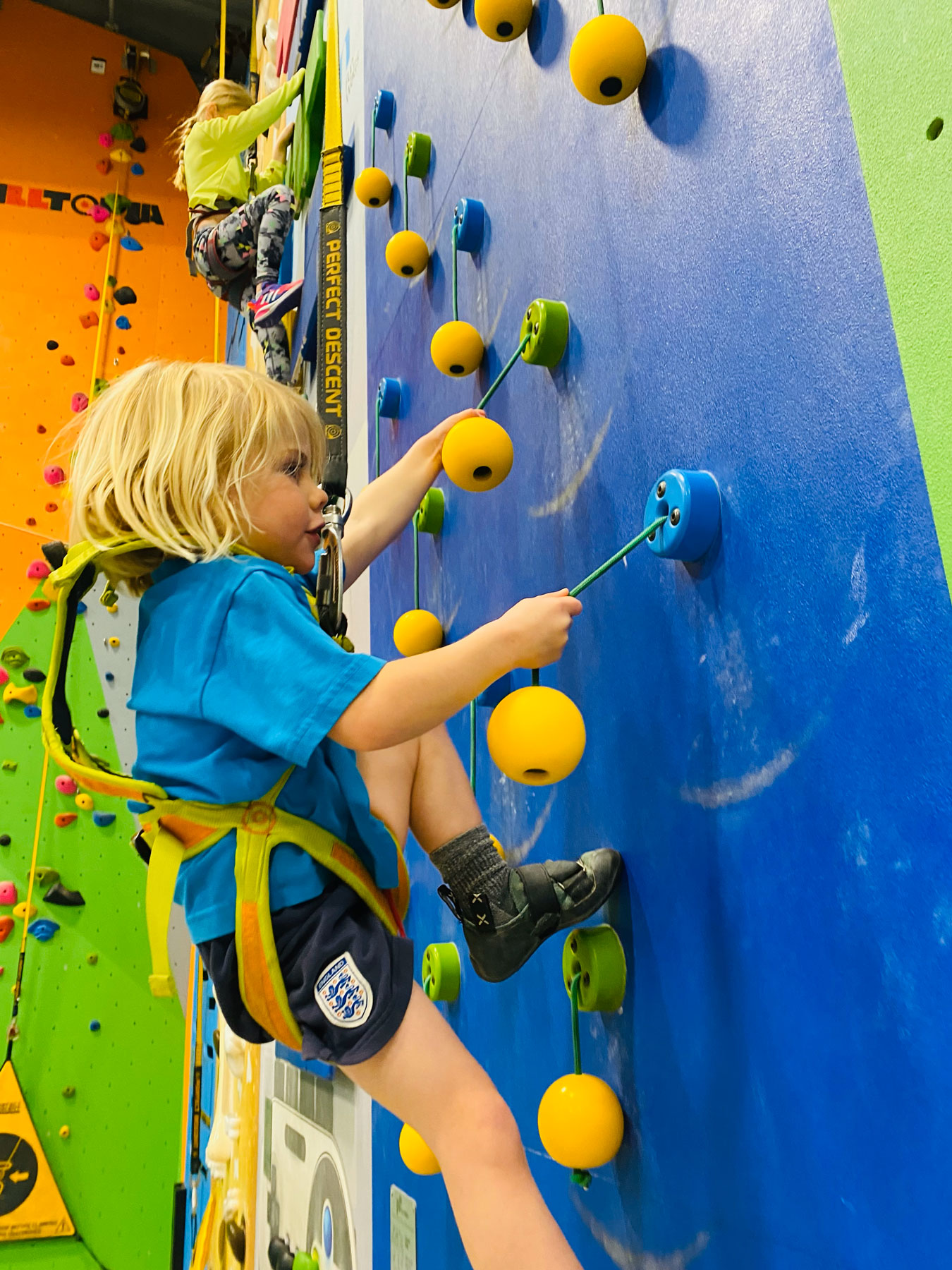
Mountain biking companies are flocking to this region. What advice would you have for entrepreneurs in the climbing space?
Come here. These projects and opportunities are growing like a tidal wave, and there are a lot of investment opportunities here in NWA. We’re rapidly becoming the recreational hub of the Midwest and South for access to rivers, trails and crags. We are not going to be known for “do you wear shoes and can you read and write”—those days are going away. Eddyline Kayaks and a bunch of cycling companies are moving here. We have new climbing development already with Latino owned Lacaida Ropes and SlapChalks (bouldering/American Ninja Warrior pants). There are programs here ready to support, such as the Greenhouse Outdoor Recreation Program (GORP), a business incubator focused on the development of entrepreneurs who are creating innovative products and services within the outdoor recreation industry. The University of Arkansas has an outdoor industry business certificate and an outdoor leadership minor for developing the workforce. Arkansas is one of only 18 states that have an Office of Outdoor Recreation. Housing is still affordable, supply chain logistics are a strength in the region, and locals want this to happen. The outdoor dream is very much alive in NWA.
So, can NWA business leaders change the development of climbing like they did cycling? As of now, it’s hard to say. The cycling development came in stages: The first stage was trail development, and later came the larger impacts on the industry. It looks like we’re in the earlier stages for climbing. Could we see indoor climbing innovations, increased climbing access legislation on a national scale, and other larger macro changes for our sport based on investment in NWA climbing? The ingredients are there, and the cycling playbook is being shared and implemented. For now, we’ll just need to wait and hope that “y’all ain’t seen nothing yet.”
About the Author
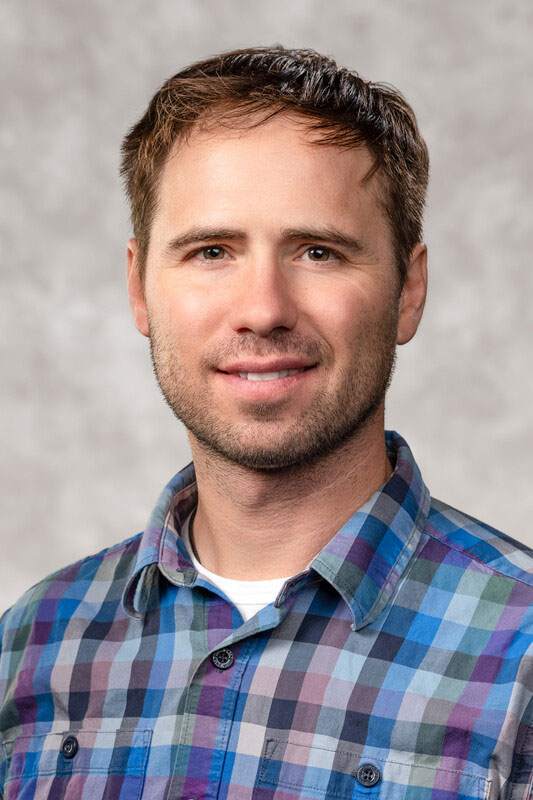
Scott Borden is a faculty at I.E. University of Spain and previously an Assistant Professor in the Walton School of Business at the University of Arkansas and the Director of the Outdoor Industry MBA program at Western Colorado University.
His research and lectures are informed by the real world experiences of writing the children’s book Squeak Goes Climbing in Yosemite National Park; being a senior contributor for a climbing magazine; working as the marketing director of an international outdoor company; serving on the board of directors for a Benefit Corporation Certified investment bank, which has consulted on mergers and acquisitions for socially driven outdoor companies; supervising educators at the largest nonprofit outdoor environmental education organization in our National Parks; running sales for the largest whitewater festival in the U.S.; and owning his own business which has consulted with organizations such as the business certifying organization B-Lab and the conservation nonprofit organization the Access Fund.
This story was paid for by the sponsor and does not necessarily represent the views of the Climbing Business Journal editorial team.
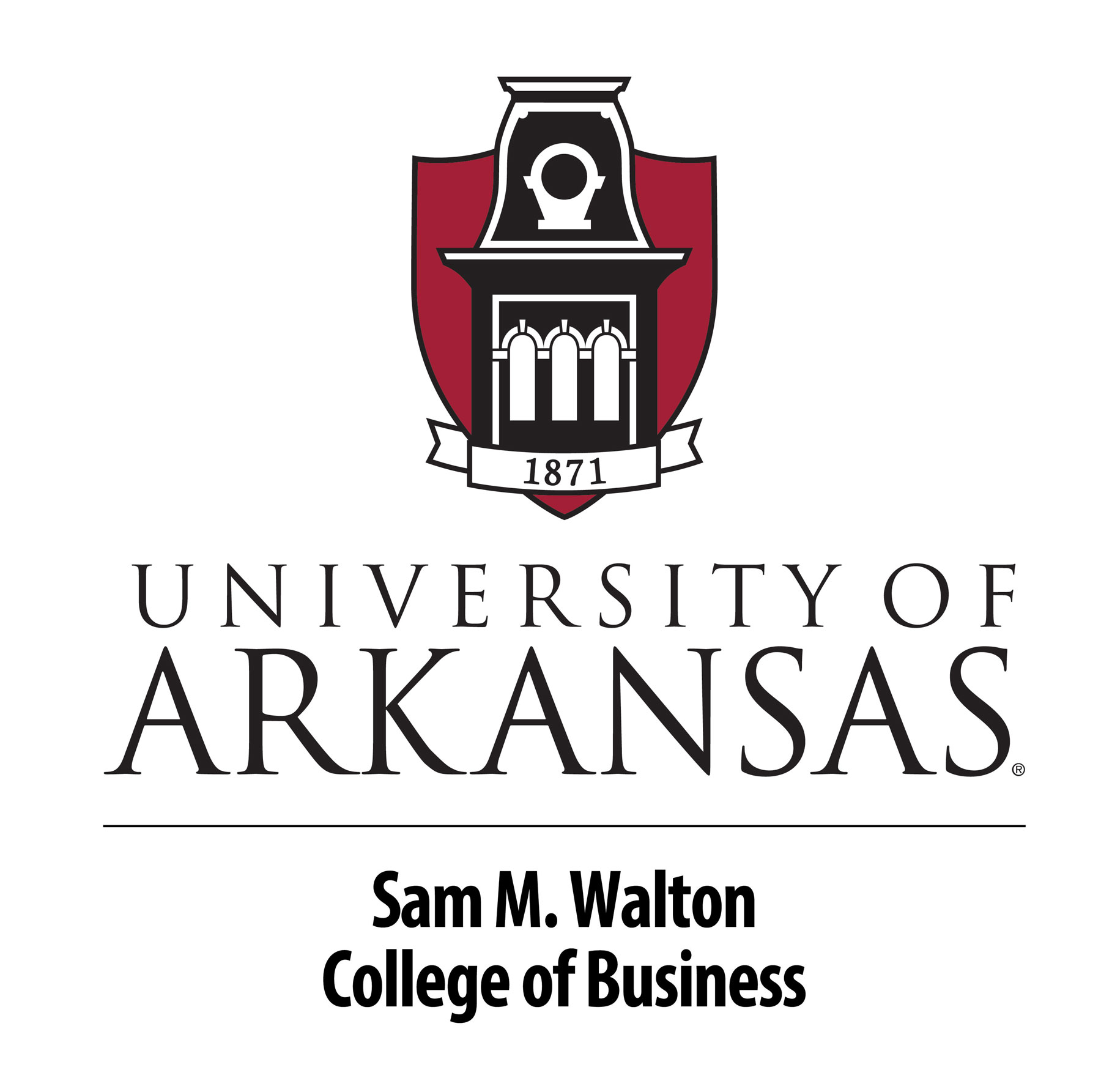
The Outdoor Products and Services Micro-Certificate Program, offered by the Sam M. Walton College of Business at the University of Arkansas, consists of nine credit hours, is open to students from all disciplines, and no prerequisites are required. The certificate will expose students to a wide array of opportunities within the outdoor industries and prepare them with business skills to successfully enter and advance within the industry.




